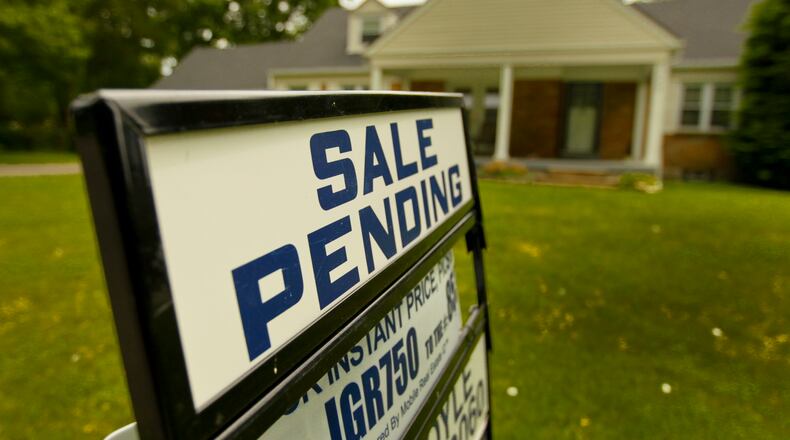“They are absolutely,” he said. “I think most areas of the country are on that trend.”
A national home price index released recently from The Standard & Poor’s CoreLogic Case-Shiller surpassed the peak it set in July 2006. There have been more than four years of steady gains in home prices.
“The new peak set by the (index) will be seen as marking a shift from the housing recovery to the hoped-for start of a new advance,” said David Blitzer, managing director and chairman of the index committee, in a statement.
The median and average sales prices for Dayton-area homes in October increased for the fifth month in a row, according to the Dayton Area Board of Realtors. The median sales price — $124,900 — in October was almost seven percent higher than October 2015, and the average price — $150,013 — posted a 13-percent gain from the previous year.
The areas with the highest growth in sales price? Centerville, Kettering and Springboro have seen strong growth, according to Martin. The year-to-date average sale price and median sale price in Dayton also have continued to increase. The average price was $147,190 while the median price came in at $126,000 — gains of 4.5 percent and 5 percent from the previous year.
In Dayton, homes sales reported by the DABR reached a sales volume of $198 million in October — surging 24 percent compared to the sales volume that occurred during the same month last year.
“There were folks who wanted to sell a house back then but just couldn’t because they couldn’t afford to lose the amount of money that they we’re going to lose on the home from selling it – so they stuck with it, of those who didn’t go into foreclosure,” Martin said. “Now, they’re either wanting to downsize or up-size or move to a different community.”
The ongoing recovery in home prices shores up Americans’ household wealth and should provide more homeowners the incentive to sell. The number of homes for sale is low partly because many families have little equity in their homes and would benefit little from a sale. Rising home values help counter that trend.
But other analysts caution that imbalances remain in the housing market.
“Inadequate supply of homes available to buy — especially at the entry-level end of the market — remains a huge problem,” Svenja Gudell, chief economist for real estate data provider Zillow, said.
And after adjusting for inflation, prices remain about 20 percent below their peak, according to Ralph McLaughlin, chief economist at Trulia, a home buying website.
“It’s good news for homeowners,” McLaughlin says, “but not so great news for homebuyers who have seen prices outpace incomes for most of the housing market recovery.”
Since the real estate market began recovering in 2012, prices have grown much faster than Americans’ incomes. That has made it difficult for many would-be buyers, particularly younger Americans, to take advantage of low mortgage rates.
Home prices have increased at a 5.9 percent annual rate, adjusted for inflation, S&P says. Yet Americans’ after-tax incomes have increased just 1.3 percent during that time.
The results of the presidential election could impact the housing market, Martin said. He hopes promised job creation under President-Elect Donald Trump’s campaign platform will happen.
“From a housing perspective, that’s going to a be a positive thing,” he said. “The average price point of houses will rise or fall depending on the amount of jobs created.”
The Associated Press contributed to this story.
About the Author
